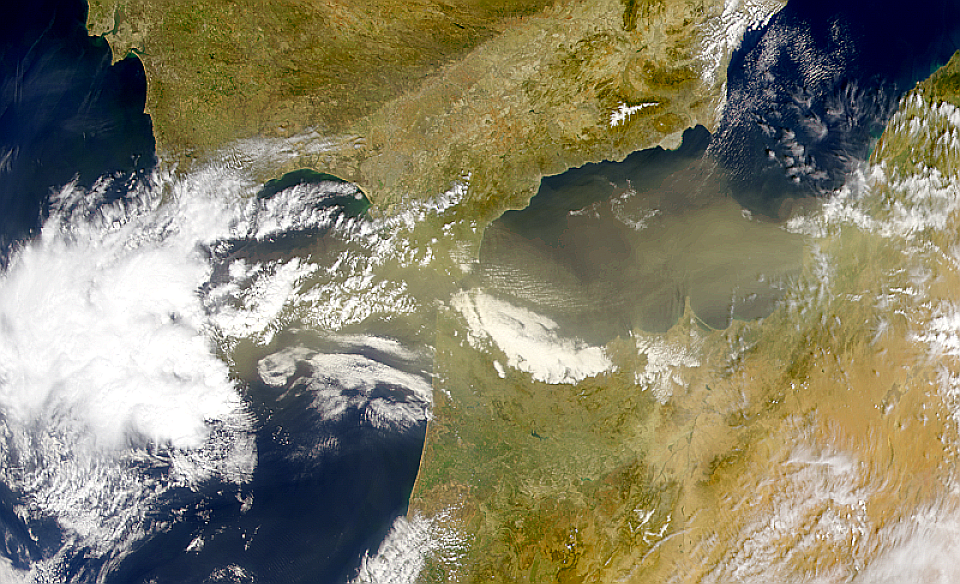Raining Viruses? Study Quantifies Microbes Circling the Planet
Microbes are found even in the most mundane of places, such as on our hands, in the air and in soil. They grow and reproduce in habitats where no other organisms can survive. They can be found in hot springs and deep underground veins of water, in volcanic rock beneath the ocean floor, in extremely salty water in the Great Salt Lake and the Dead Sea, and below the ice of Antarctica.
Aerosolization of soil-dust and organic aggregates in sea spray facilitates the long-range transport of these bacteria, and likely viruses across the free atmosphere. In one such example, the team of researchers have now, for the first time, quantified the viruses being swept up from the Earth’s surface into the free troposphere, that layer of atmosphere beyond Earth’s weather systems but below the stratosphere where jet airplanes fly. The viruses can be carried thousands of kilometres there before being deposited back onto the Earth’s surface.

“Every day, more than 800 million viruses are deposited per square metre above the planetary boundary layer—that’s 25 viruses for each person in Canada,” said University of British Columbia virologist Curtis Suttle, one of the senior authors of the paper.
Their study, the first on the topic, found that once the viruses are in the troposphere they can travel thousands of kilometers before falling back to earth. The troposphere is the layer of the atmosphere past earth’s weather systems yet below the stratosphere, which is where jet planes travel. The phenomenon might clarify why genetically similar viruses are sometimes present in very completely different environments worldwide.
“Roughly 20 years ago we began finding genetically similar viruses occurring in very different environments around the globe,” says Suttle. “This preponderance of long-residence viruses travelling the atmosphere likely explains why—it’s quite conceivable to have a virus swept up into the atmosphere on one continent and deposited on another.”
The viruses and micro organism get carried into the ambiance by hitching a trip on tiny soil mud particles or sea spray. The team, in order to determine how much of this material is carried up above the atmospheric boundary layer above 2,500 to 3,000 metres, travelled to heights above 2,500 metres, the minimal altitude at which particles are vulnerable to being carried lengthy distances, in Spain’s Sierra Nevada mountains and recorded knowledge at numerous factors.
They found billions of viruses and tens of millions of bacteria are being deposited per square metre per day. The deposition rates for viruses were nine to 461 times greater than the rates for bacteria.
“Bacteria and viruses are typically deposited back to Earth via rain events and Saharan dust intrusions. However, the rain was less efficient removing viruses from the atmosphere,” said author and microbial ecologist Isabel Reche from the University of Granada.
The researchers also found the majority of the viruses carried signatures indicating they had been swept up into the air from sea spray. The viruses tend to hitch rides on smaller, lighter, organic particles suspended in air and gas, meaning they can stay aloft in the atmosphere longer.
























